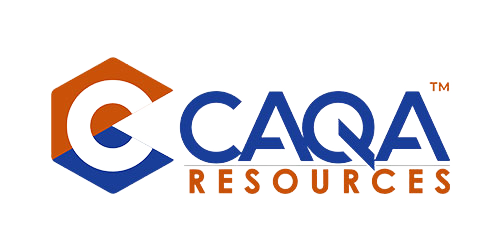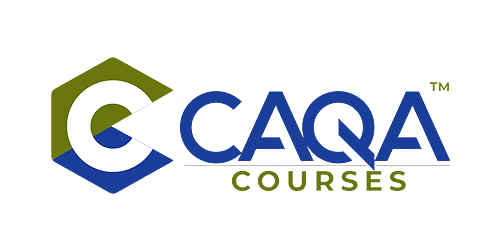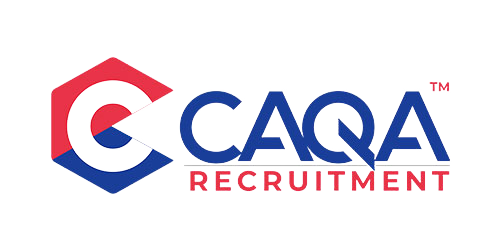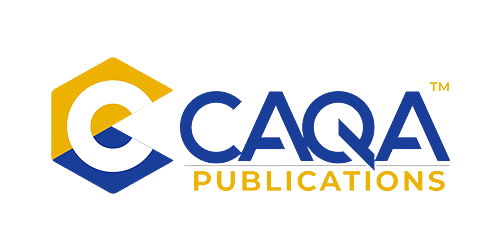Recognition of Prior Learning (RPL) serves as a cornerstone of the Australian vocational education and training (VET) system, enabling individuals to receive recognition for their existing skills, knowledge, and experiences. When implemented effectively, RPL provides a streamlined pathway to qualifications, enhances learner outcomes, and aligns training with industry needs. However, the Australian Skills Quality Authority (ASQA) has raised significant concerns about non-compliance and risks associated with inadequate RPL processes, particularly in high-risk industries. These shortcomings pose threats not only to the integrity of qualifications but also to workplace health and safety.
This comprehensive examination explores the risks inherent in RPL practices, ASQA’s regulatory focus, and the importance of compliance with Clauses 1.8 to 1.16 of the Standards for Registered Training Organisations (RTOs) 2015 (the Standards). Additionally, it outlines the structured approach required for robust RPL implementation and highlights the consequences of non-compliance.
The Risks of Inadequate RPL Processes
The failure to implement rigorous RPL processes has far-reaching consequences, affecting learners, employers, the VET sector, and public safety. Inaccurate or superficial assessments may result in learners being recognised for skills they do not possess, exposing them and others to significant workplace risks. These risks are especially pronounced in industries where workplace health and safety are paramount, such as construction, healthcare, and transportation. Licensing bodies have reported a high rate of application rejections due to insufficient evidence submitted during RPL assessments, further underlining the need for robust processes.
When RPL assessments are not conducted in accordance with the principles of assessment—fairness, flexibility, validity, and reliability—the outcomes lack credibility. Furthermore, non-compliance with the rules of evidence—validity, sufficiency, authenticity, and currency—renders the assessment process fundamentally flawed. Such failures compromise the integrity of qualifications and diminish the trust placed in the VET sector by learners, employers, and regulatory bodies.
ASQA’s Regulatory Focus
ASQA’s monitoring and enforcement activities target RTOs that fail to meet the Standards when conducting RPL. The regulator is particularly focused on providers operating in high-risk industries, where inaccurate assessments can have dire consequences. ASQA’s oversight extends to practices such as:
- Inadequate Evidence Collection: Insufficient or irrelevant evidence undermines the validity of RPL assessments.
- Collusion Between Providers: Instances where one RTO issues RPL without sufficient evidence, followed by another RTO granting credit transfers based on the same flawed RPL assessment.
- Misrepresentation and False Claims: Providers or agents that engage in misleading practices falsely represent the quality or legitimacy of their RPL processes.
Providers found to be non-compliant with Clauses 1.8 to 1.12 or Clauses 1.13 to 1.16 face escalating regulatory actions, including sanctions, fines, and expanded offence provisions. These measures are intended to safeguard the integrity of the VET sector and ensure that qualifications are reflective of genuine competence.
Structured Approach to RPL
To mitigate risks and comply with ASQA’s expectations, RTOs must adopt a structured and systematic approach to RPL. The following components are essential to an effective RPL process:
1. Information Gathering
Collecting detailed information about the candidate’s prior experiences, qualifications, and skills is the foundation of the RPL process. This includes resumes, certificates, references, and work samples. The information gathered must be comprehensive and relevant to the training product.
2. Self-Assessment
Encouraging candidates to complete a self-assessment allows them to align their experiences with the learning outcomes of the qualification or unit of competency. This step provides valuable insight into the candidate’s perceived strengths and areas requiring further evidence or training.
3. Interviews
Conducting interviews with candidates provides an opportunity to explore their backgrounds, motivations, and specific experiences. These discussions enable assessors to clarify ambiguities, verify the authenticity of claims, and identify any gaps in skills or knowledge.
4. Competency Mapping
Competency mapping involves comparing the candidate’s skills and knowledge against the requirements of the training product. This step ensures that the evidence provided aligns with the elements, performance criteria, and knowledge requirements specified in the unit of competency.
5. Evidence Submission
Candidates must submit documentation that supports their claims, such as portfolios, work-related projects, or supervisor references. Assessors must evaluate the evidence against the rules of evidence—validity, sufficiency, authenticity, and currency—to ensure its reliability.
6. Pre-Assessment Feedback
Providing candidates with feedback on their submissions is a critical step in the RPL process. Assessors should highlight areas of strength, identify gaps, and recommend pathways for addressing deficiencies, such as gap training or additional evidence submission.
7. Guidance and Pathway Development
Based on the pre-assessment findings, assessors should guide candidates on their next steps. This may include completing additional training, undertaking supplementary assessments, or considering alternative qualifications better suited to their skill set.
Non-Compliant Practices
Non-compliance with the Standards undermines the credibility of RPL processes and qualifications. Common non-compliant practices include:
- Insufficient Evidence Collection: RTOs that fail to gather adequate evidence to demonstrate competency risk issuing qualifications that do not reflect genuine skills or knowledge.
- Lack of Competency Mapping: Without systematic mapping of evidence to competency requirements, assessments become arbitrary and unreliable.
- Collusion Between Providers: Some RTOs engage in unethical practices, such as granting RPL without evidence and issuing credit transfers based on invalid assessments.
- Misleading Representations: Providers or agents that falsely claim compliance or competency undermine trust in the VET sector.
ASQA takes these breaches seriously and imposes penalties to deter non-compliance. Providers are encouraged to report instances of misconduct anonymously via ASQA’s tip-off line to protect the integrity of the system.
Special Considerations for RPL for Trainers and Assessors
The Standards do not prohibit RTOs from granting RPL to their own trainers and assessors. However, RTOs must demonstrate how competency was determined before awarding RPL. This includes adhering to Clause 1.8, which mandates compliance with the training package requirements and the principles of assessment. Assessors responsible for conducting RPL must meet the competency requirements outlined in Clauses 1.13 to 1.16, ensuring that they possess the necessary skills and knowledge to evaluate evidence effectively.
Failure to implement rigorous RPL processes for trainers and assessors not only risks non-compliance but also undermines the credibility of the organisation. Transparent and well-documented processes are essential to maintaining trust and accountability.
Consequences of Non-Compliance
Non-compliance with RPL standards has far-reaching implications, including:
- Reputational Damage: Inadequate assessments erode trust in the provider and the VET sector as a whole.
- Regulatory Sanctions: ASQA may impose fines, suspend registration, or initiate legal proceedings against non-compliant providers.
- Workplace Risks: Inaccurate assessments compromise workplace safety, particularly in high-risk industries, leading to potential harm and liability.
- Qualification Devaluation: Poorly conducted RPL processes diminish the perceived value of qualifications, impacting learners’ employment prospects and industry confidence.
Maintaining Compliance and Mitigating Risks
To ensure compliance and mitigate risks in RPL processes, RTOs should:
- Invest in Training: Regularly train assessors to enhance their skills in evidence evaluation, competency mapping, and regulatory compliance.
- Implement Robust Systems: Develop and maintain systems for documenting and verifying evidence, ensuring transparency and accountability.
- Conduct Regular Audits: Periodic reviews of RPL processes and outcomes help identify weaknesses and improve practices.
- Foster a Culture of Integrity: Promote ethical practices and discourage collusion or shortcuts in RPL assessments.
The risks associated with inadequate RPL processes are significant, ranging from compromised workplace safety to diminished trust in the VET sector. By adhering to ASQA’s guidelines and implementing a structured, transparent approach to RPL, RTOs can safeguard the integrity of their qualifications and contribute to the sector’s credibility. Compliance with Clauses 1.8 to 1.16 of the Standards is not just a regulatory requirement—it is a commitment to quality, fairness, and the long-term success of learners and industries alike. Through vigilance, ethical practices, and continuous improvement, RTOs can uphold the value and integrity of RPL as a critical pathway in vocational education.


































